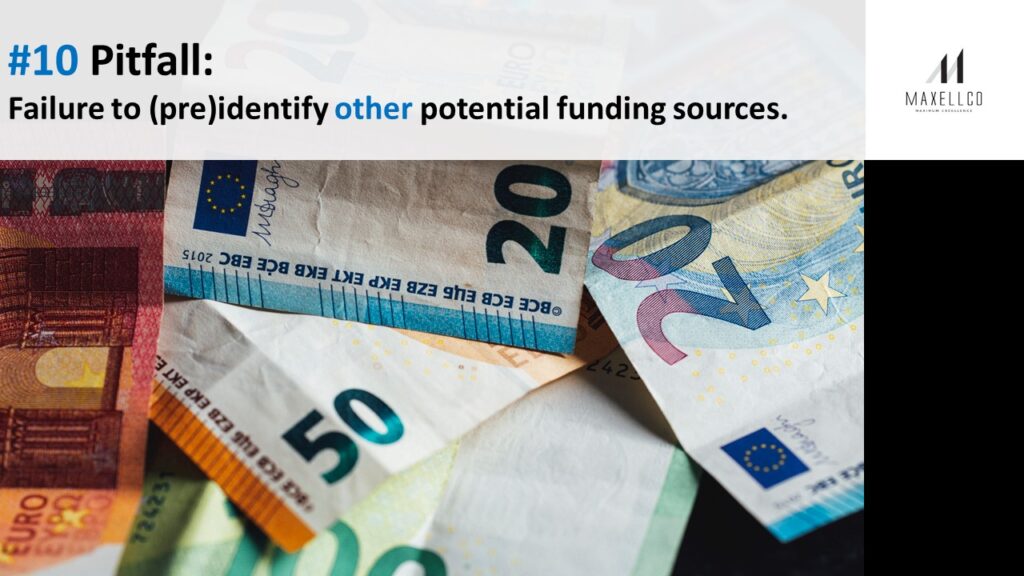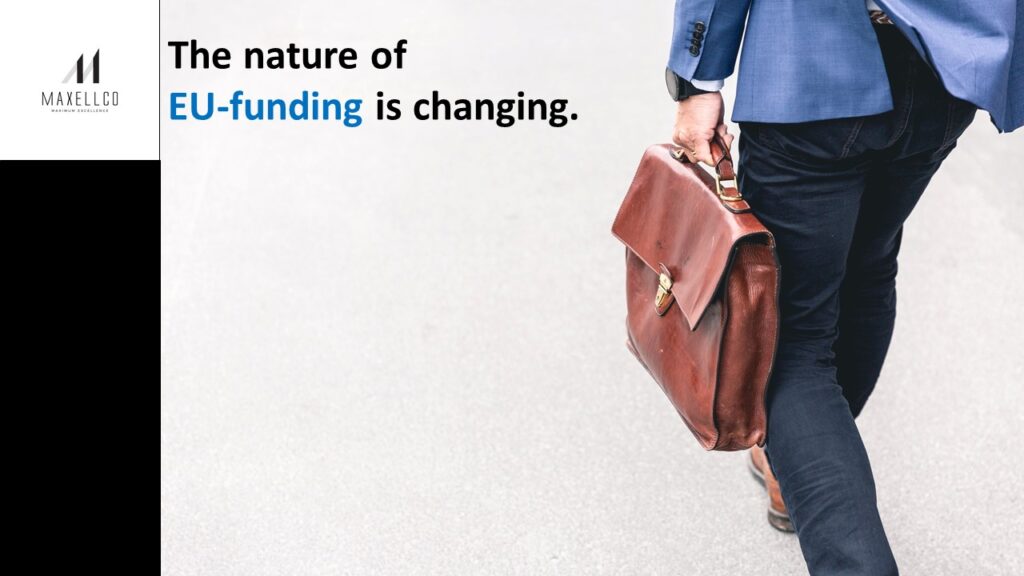
The changing natutre of EU-grants
As we move forward with the new 2020-2027 Multiannual Financial Framework we expect the nature of EU funding changing. It will be more like investment proposals rather than grant-applications. In this section we walk through the most common pitfalls we see with unsuccessful funding approaches and what we can learn about them.
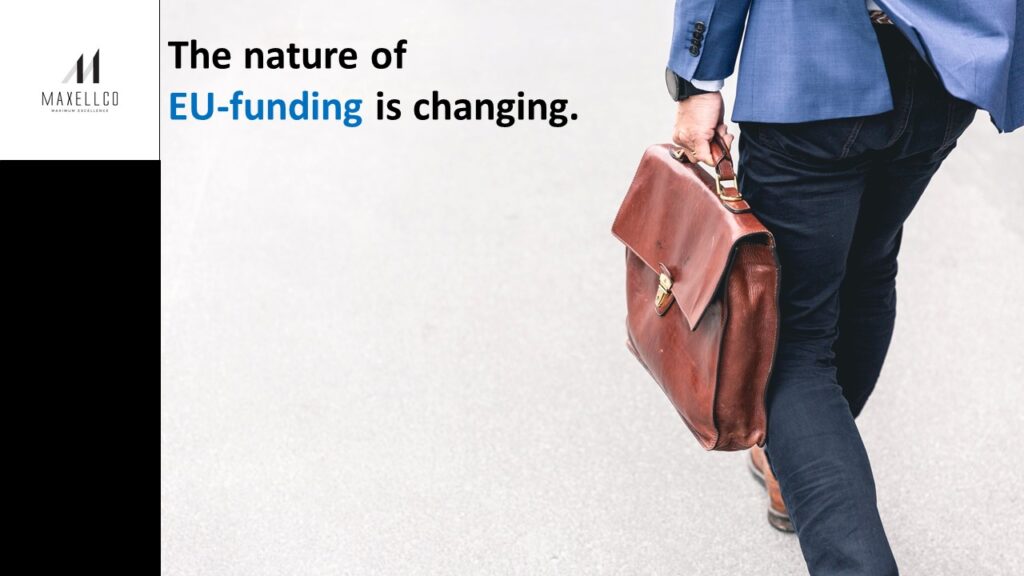
#1 Pitfall: Investment ideas are not mature enough.
EU-grant applications will tend to look like investment plans. Often the ideas presented are at the level of European projects looking for grants rather than investment proposals:
a.) Business model not elaborated: tendency to describe the investment idea from the “European project” point of view, failing to elaborate on the business model’s concepts and bankability.
b.) Commercial and sustainability aspects missing from the investment proposals, due to inability to clearly define their business models
Focus more on returns, impact and sustainability. We are at next level where dreams only are not enough.
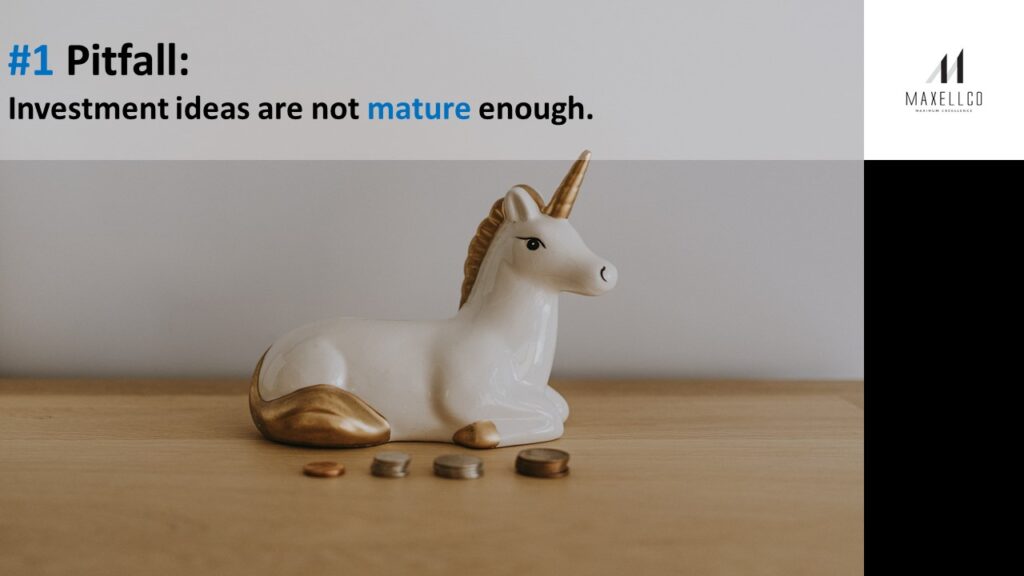
#2 Pitfall: Incomplete applications.
Surprisingly, often there is a clear indication that the submission was done last minute, resulting in a poor content and many elements missing or superficial.
Preparing a good application takes time!
Consider a month for the preparation of the content, to bring all internal and external inputs together in an organised format.
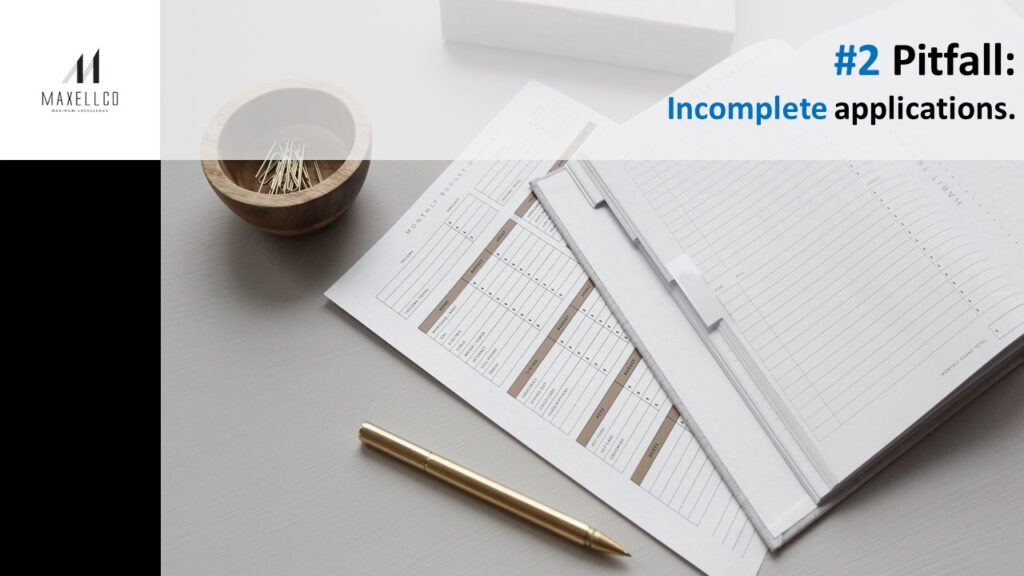
#3 Pitfall: Investment ideas are too technical.
It is challenging to implement complex engineering challenges into the financial and business context. A successful application shall clearly describe the business model and to use a simple language without being too technical.
An investment idea needs to be clearly described. Make sure your idea is readable and understandable to a wider audience. It is better to involve people with various background to the process.
Is it technical or professional? Where is the healthy balance?
Pitch your idea to a finance guy and to an engineer. The finance guy must wrinkle her forehaed but still nodding, for the engineer it must be obvious.
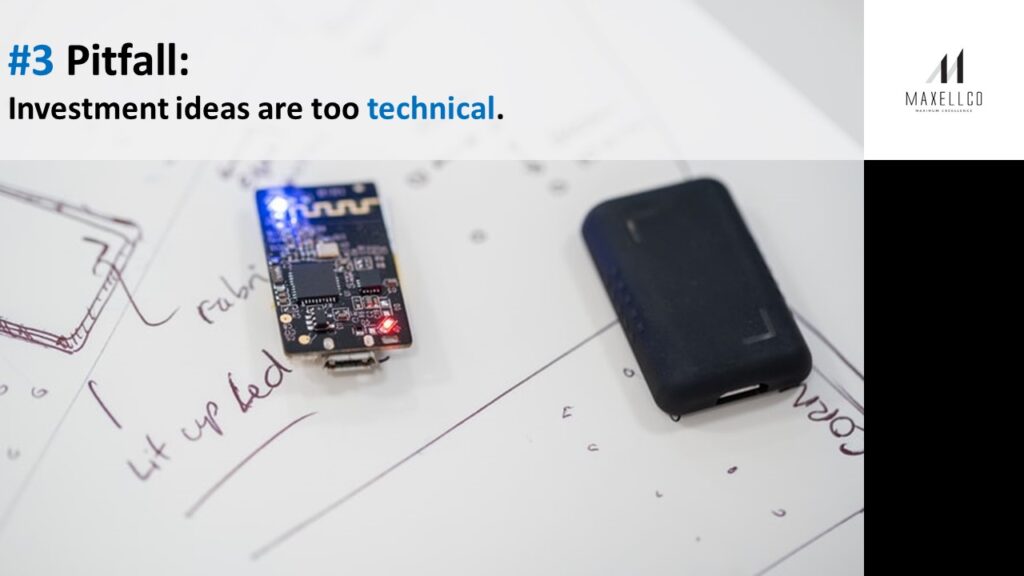
#4 Pitfall: Lack of private sector backing
The EU increasingly seeks the assistance of the private sector to proove the viability of projects. It is increasingly becoming important to demonstarte market viability this way. Absence of institutional and private sector backing: inability to show commitment of core partners and stakeholders through signed MoU’s and letters of support.
To demonstarte private sector engagement a clear declaration of interest from companies should be secured. It gives a first positive indication that the project may meet a market need. Applying for public funds only may raises questions about the commercial value of the project,
In other cases blended finance (both public and private) can be a good option for some investment propositions.

5 Pitfall: Absence of the international dimension.
In the next level of EU-funding companies need to think beyond borders. In successful projects participants are technology providers and integrators.
Core partners are mostly coming from different regions from the same country rather than different countries. To promote interconnected technology value chains it is going to be compulsory to partner with international companies to deliver results.
The value of international networks are set to increase as well as cross-border cooperations.
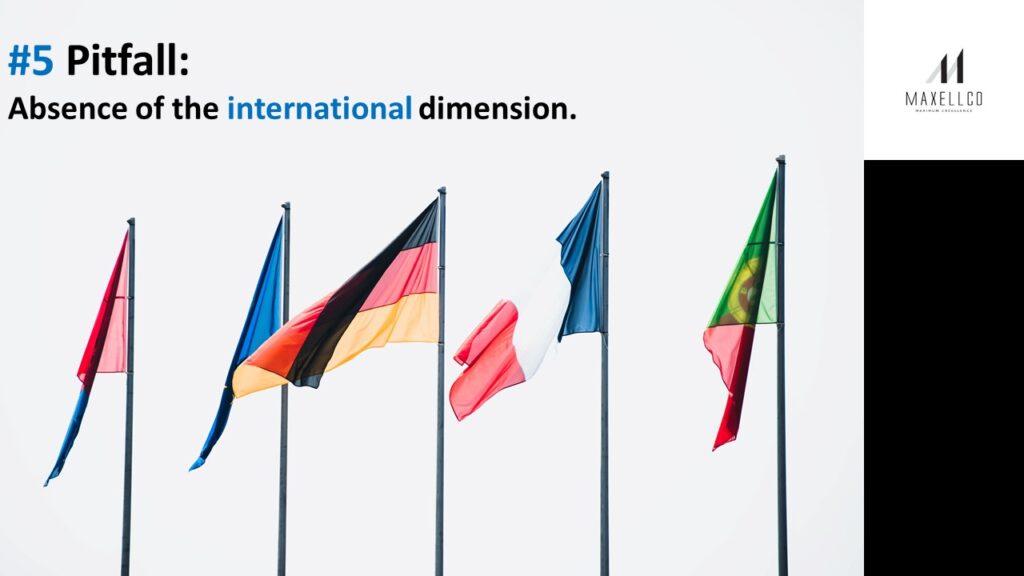
#6 Pitfall: Consortium vs. legal entity.
The next elevel of EU-funding is set to foster international cooperations. Before, the consortium was the preferred form to manage a project by pooling the resources together and acting as a single entity. In the future each team member shall have a clearly defined scope, role and aligned within the legal entity to realise the project.

#6 Pitfall: Roles of the project team are not explained.
A failure to prove that the project team has the relevant experience and expertise needed for the finalization of the business plan and its implementation is a common pitfall.
A question of leadership: capacity of a project manager to develop and run a complex project.
A question of Implementation: the core team should demonstrate it has the right profiles a clear governance structure for the elaboration of the business plan and the implementation of the project.
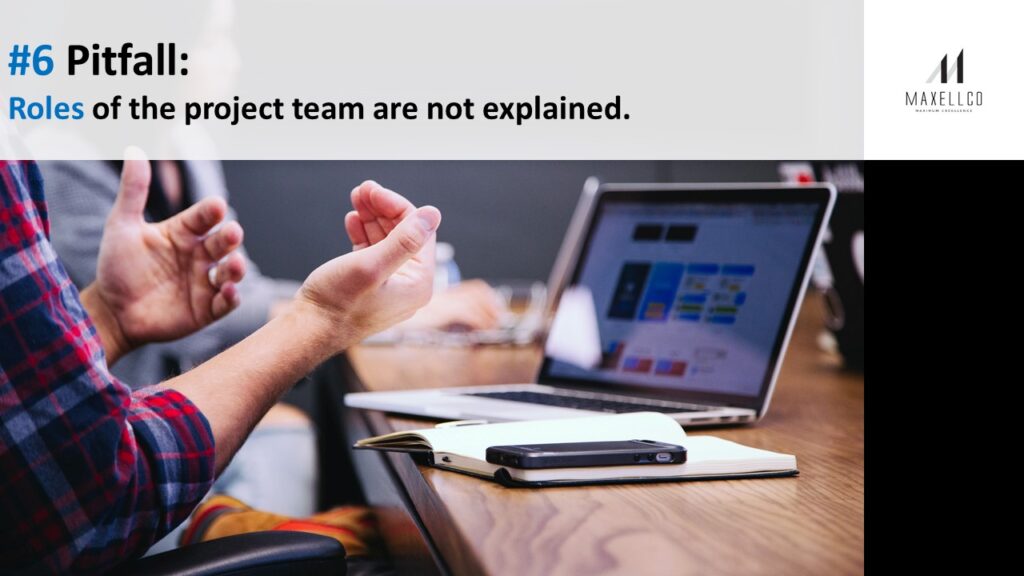
#7 Pitfall: Insufficient market analysis.
A failure in describing their market, the main actors in the value chain, competitors and potential customers might leave your project ungrounded. You should be ready to answer the following questions:
What have you done to identify the market?
How large is the market and what could be your share?
How will you cater products and/or services to your customers? What do you know about competing products?
How will your product/service be priced?
Where can you find relevant market intelligence?
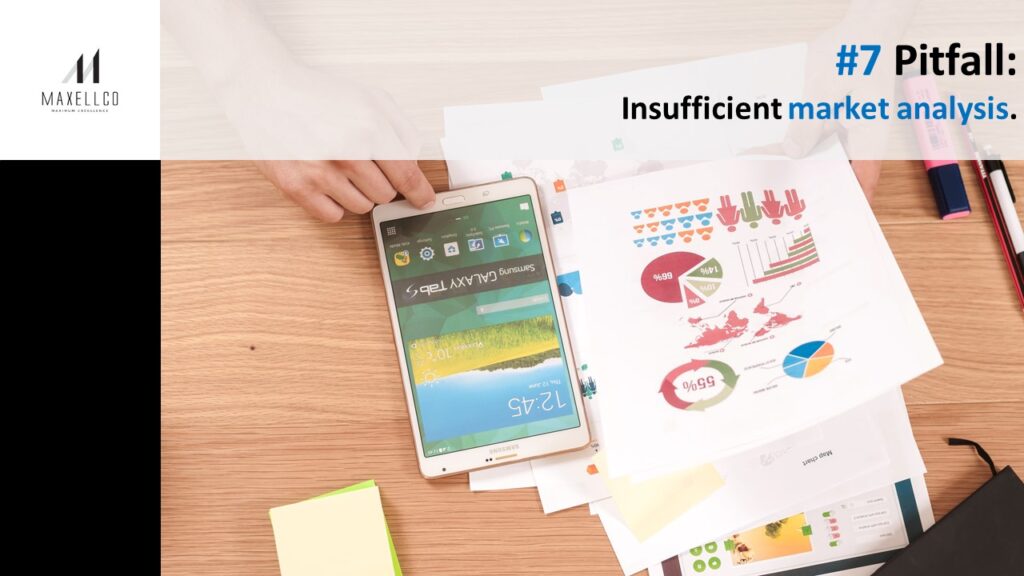
#8 Pitfall: Unique value proposition (UVP) is not clearly defined.
Although this question might seem obvious, it is a great example of introducing market-thinking to the next level grant-schemes.
What value do you offer for your customers?
To whom will you send your first invoice?
What is the service/product you are invoicing?
Why would your customer pay?
Take time to walk-through these questions and provide example or market reference for your answers.
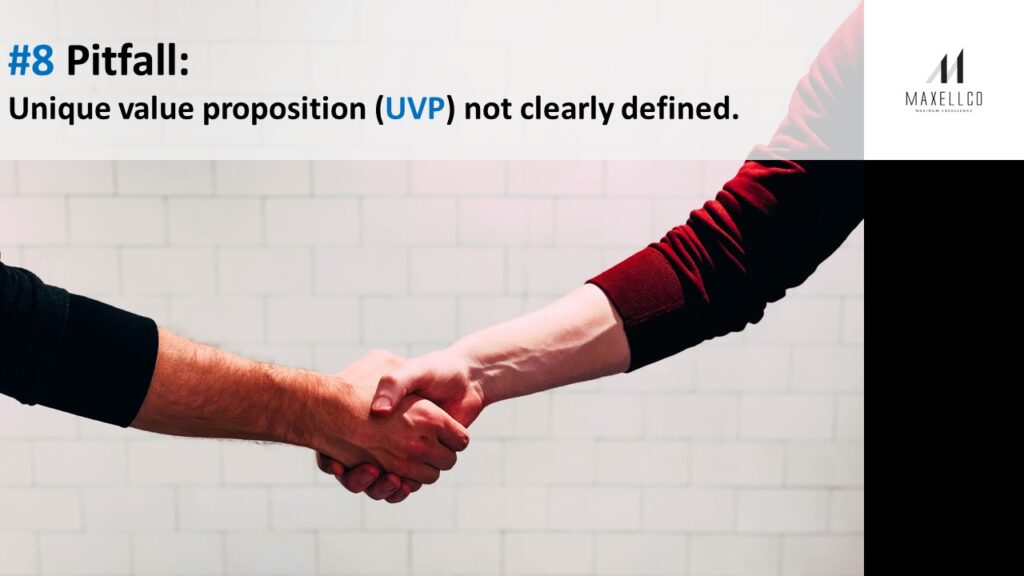
#9 Pitfall: Absence of the cash-flow projections.
To convince judges you must clearly indicate the revenue generation, the cash flow projections and the resource needed to realise the project.
a.) Cost assumptions will be used to test the validity of your cost structure (e.g. flat sales staff costs whilst revenue increase, absence of IT investment with surging revenue for a technology co, etc.)
b.) The costs structure needs to be aligned with your strategy.
c.) Benchmark your cost structure by looking at existing companies having a similar business model. This helps estimating the costs structure more accurately.
d.) Investments in assets (Capital Expenditures) needs to be considered thoroughly – usually larger at project start.

#10 Pitfall: Failure to (pre)identify other potential funding sources.
Before applying you should identify potential resources elsewhere or to demonstarte the lack of other solutions (e.g. national funding instruments).
To conclude:
a.) Generate revenues.
b.) Present an envisioned business model and contain a clear investment proposition.
c.) Manifest their commercialization path and close-to-market innovation with a clear evidence of impact.
d.) Ideas can have a public funding/co-financing component as well.
